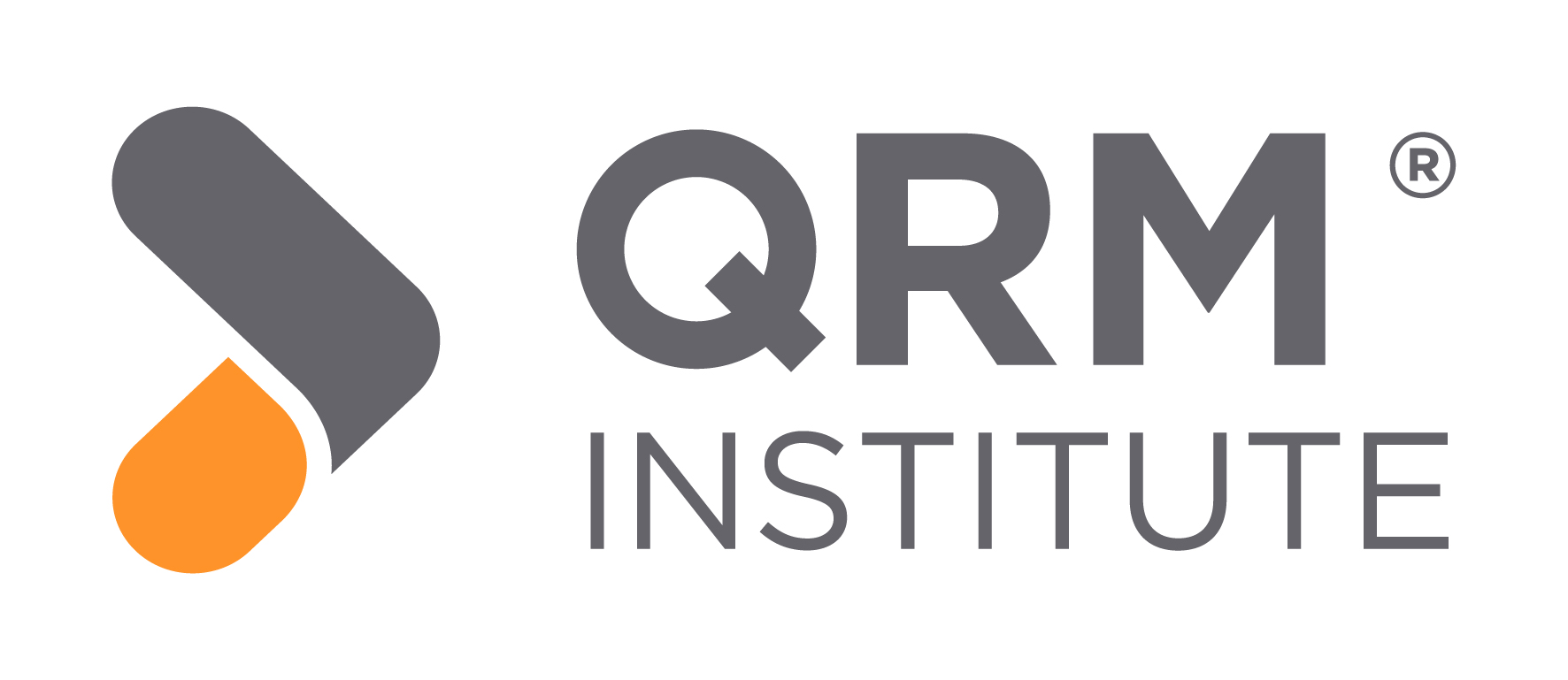Why striving for a paperless factory is bad for your company

By Pascal Pollet – QRM Institute
Industry 4.0 and digitization are the modern buzzwords in the industry. The confidence in the power of digital technologies is now so great that observers call it an industrial revolution. As a result, many companies strive for a paperless factory, because paper has become a relic of the past. But what exactly is wrong with paper and how can working paperless contribute to a real industrial revolution?
Paper as information carrier
Digitization has various aspects. One aspect is replacing the medium, the information carrier. In the music industry the digitization of the classic carriers (vinyl, cassette) has led to a real revolution. The production factories of these classic carriers disappeared almost completely and new players and business models now dominate the music industry.
For manufacturing companies in other industries, replacing paper as an information carrier is far less revolutionary. After all, the information carrier is not an essential part of the actual product, as it is in the music industry. Paper is at most an ‘auxiliary material’ that supports the flow of information, just as lubricating oil makes machines run smoothly.
Impact of digitization
The true added value of digitization on the shop floor lies not in the replacement of the information carrier and the reduction of the paper consumption, but in making the right information at the right place in real time available. This has far-reaching consequences.
Production operators are no longer dependent on the information monopoly of the traditional supervisor, when they can consult themselves up-to-date information on their own screens. This implies that a part of the daily operational decisions can be delegated to the employees in the workplace. As a result, employees become more autonomous, their motivation increases, and teams can become more self-managing. As a result, the role of the supervisor undergoes a metamorphosis. He is no longer the hero of the shop floor who keeps the material and information flow going. This loss of control is sometimes difficult for supervisors to accept. Managers must deal with this and coach their supervisors to take on a different role.
A second consequence of the digitization is the shortening of the lead times. Employees will have to wait less for information and can get started faster. The shortening of lead times itself leads to numerous advantages. Not only is it easier to deliver on time to the customer. Shorter lead times also result in fewer intermediate stock (WIP), which often leads to efficiency gains on the work floor. Less material on the work floor leads to less searching, less space and therefore shorter walking distances. Last but not least, through the digitization of the information flow, the information processing itself can also be automated which can eliminate unnecessary queues between steps.
Paperless is not an end in itself
Digitization contributes to the creation of a high-performing factory with short lead times within which motivated employees can implement improvements with a large autonomy. Paperless work is only a means to achieve this goal, and it should therefore not be elevated to an end in itself. Those who call the paperless factory or digitization the ultimate goal, will get stuck with bad decisions. People will then tend to digitize things just to digitize without serving a tangible economic goal. Paper certainly still has its place in production. For example, visual management boards with paper post-its often work better in practice than their digital version. Paper receipts and labels often remain a good means of identification in production.
A long-term vision
Successful companies have a long term vision that surpasses current fads and directs their decision making. An excellent example is Quick Response Manufacturing (QRM). Quick Response Manufacturing is a growth strategy that focuses on the company-wide shortening of lead times in order to build a competitive advantage.
Working steadily on lead time reduction has turned out for many companies to be a powerful approach that can unite the whole company behind a common goal. In order to realize short lead times, several steps are needed: adjusting the organizational structure, simplifying the business processes, cross-training employees and sometimes the use of digital tools. However, please bear in mind that the use of digital tools is not seen as an end in itself, but only a means to achieve shorter lead times.
Source photo: www.unsplash.com
Find out more about QRM and what it can do for your company
